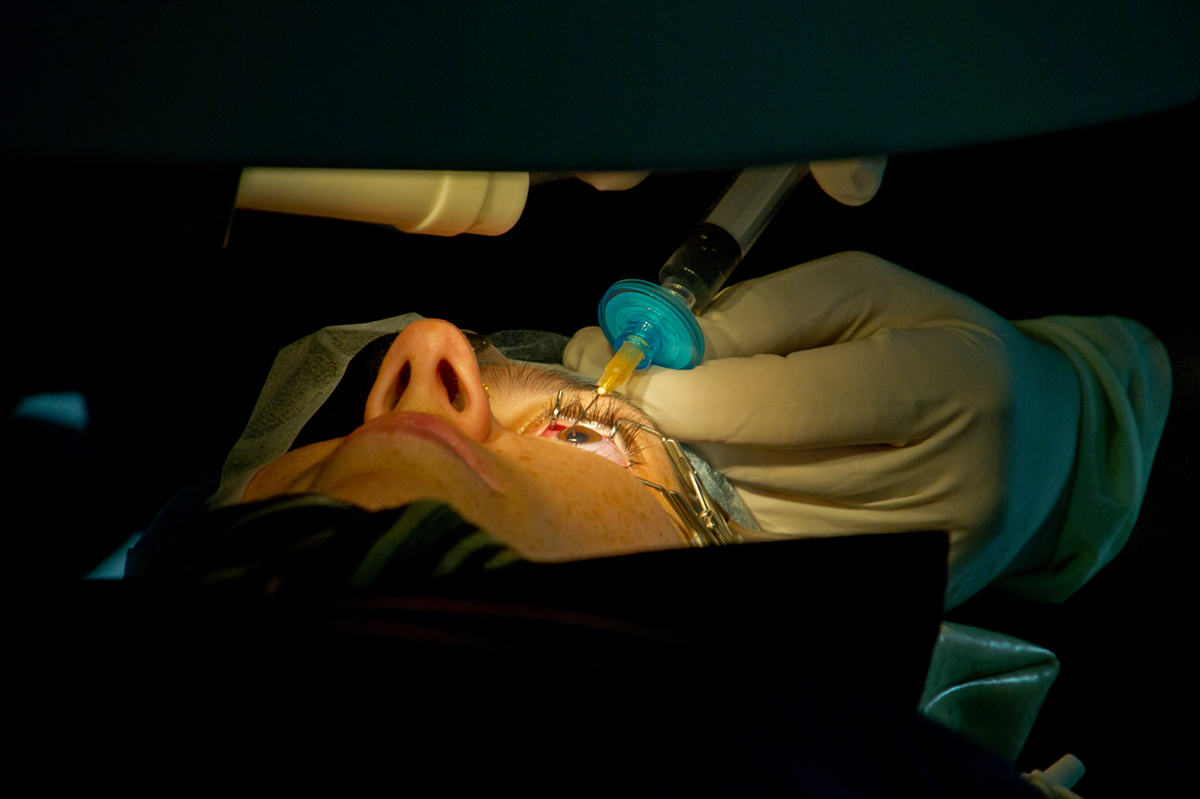
Introduction
Laser Eye Facts guide is really needed for the laser eye treatment: It is a popular solution to treating many vision problems. With several types of surgery that are available today, millions of people may use laser correction to help them see clearly without glasses or contact lenses. New and improved laser eye treatment methods are non stop researched to a more precise and accurate methods and procedures.
A laser eye surgery may correct vision and denudes dependency from a big fat minus or contact lenses. But laser eye surgery has its own risk. Laser eye surgery is usually practiced to correct far or short-sightedness, hyperopia, refractive errors, myopia, astigmatism or old age presbyopia etc.
The laser device makes changes of the distorted shape of the cornea that are for good and patient walks free with no need to use contacts or glasses. The Excimer laser emits a beam of ultraviolet light to perspire tissue. Changing of shape of the cornea alter a light refractive arrata.
Usual Laser Procedure
There are Laser Assisted in situ Keratomileusis, Photo-Refractive Keractectomy, Epi-LASIK and Laser Epithelial Keratomileusis surgeries usually done in Canada today.
LASIK surgery A complicated surgery. The surgeon first cuts an eye-flap in the cornea using laser and a computer guided laser removes necessary tissue amounts from the in - cornea layer. An advanced LASIK surgery
LASEK surgeryIs the combination of LASIK and PRK. The cuts are done with tiny sophisticated blade to point out the tissue under the epithelium This is a light corrections of the eyes. With a help of wavefront technology the procedure gets help with detailed eyes map computer to accurately correct the vision of a patient.
PRK surgeryThe outer layer of cornea gets to be removed with surgical blunt instrument. And laser beam directs to vaporize a little bit of tissue under a cornea surface.
Epi-LASIK surgeryIt is the LASEK modified surgery, designed to remove outer cornea layer with blunt, not a sharp blade.
It is very important to consult with doctor about risks benefits and expectations. It is also important to choose a right eye surgeon along with referral from the relevant professional. You also need to have a pre-operative report with detailed data about vision; shape of cornea and refraction readings and it is recommended to save all those documents for any future complications. Having to go on follow-up care recommended meetings after the procedure is also very important those are usually organized by eye surgeon.



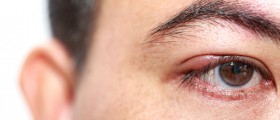
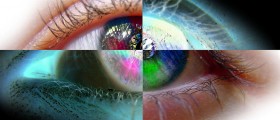
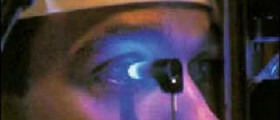
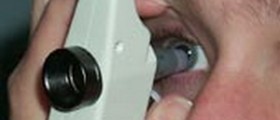
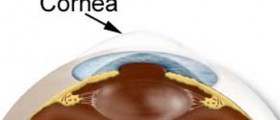




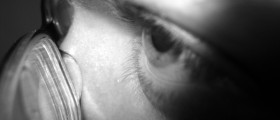
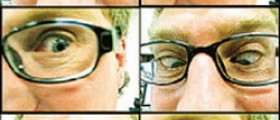
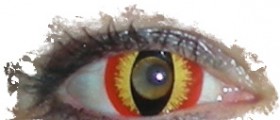

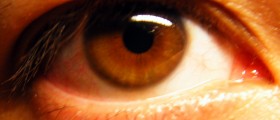
Your thoughts on this
Loading...